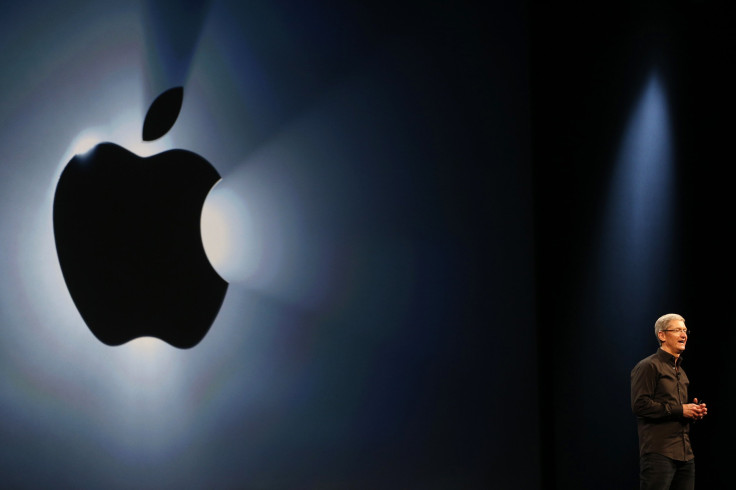Apple's Self-Driving Vehicle Project: An Autonomous Campus Shuttle

Numerous rumors over the years suggested Apple was developing its own self-driving vehicle. However, the company ended up putting those ambitions aside and decided to focus on autonomous systems instead, with plans to test its campus shuttle, people familiar to the matter told the New York Times.
Apple CEO Tim Cook made it clear last month the company was not planning to build its own self-driving car when he told Bloomberg the company was focusing on an autonomous car system. However, it seems like Apple really did have plans to build its own car, but because of disagreements within leadership, the idea was disregarded.
Apple’s self-driving technology project, called Titan, will instead work on the system that will allow cars to drive on its own. So far, the company is bringing that to life with its autonomous shuttle service that will transport employees from one Apple building to another. The shuttle is called PAIL, short for Palo Alto to Infinite Loop. PAIL, which isn’t up and running yet, will likely be a commercial car from another auto manufacturer and will be used to test Apple’s self-driving technology.
Project Titan Ambitions
Apple reportedly began working on Titan back in 2014 and was staffed by company veterans and engineers with experience in building cars, instead of knowledge on software that would allow the car to run on its own. Those working on Titan looked at car details like motorized doors that opened and closed silently, ways to redesign the vehicle’s interior without a steering wheel or gas pedal, Lidar sensors and worked on adding VR or AR into displays inside the car. Apple also thought about reinventing the car’s wheel by trying to switch it for wheels that looked like globes, apparently for better lateral movement.
Trouble With Titan
Apple’s self-driving project ran into trouble when there was disagreement over whether the company should build a fully autonomous car or a semi-autonomous vehicle. Apple executive Steve Zadesky, who was at first in charge of Titan, was more interested on the semi-autonomous alternative, according to the Times. However, individuals in the design time, including Apple’s chief designer Jonathan Ive, wanted to build fully autonomous cars. Employees also reportedly complained of shifting priorities and unrealistic deadlines.
While Apple tried to figure out the basics, like how self-driving technology would work, another team had already begun working on an operating system software called CarOS. However, there were disagreements on whether CarOS should be programmed using Apple’s programming language Swift or with C++.
Project Titan’s Comeback
Apple stepped up to regain course in the project last year when it put longtime executive Bob Mansfield, in charge of Titan. He laid off hardware staff, cut plans to build a car and instead focused the project on an autonomous system.
In June, Cook spoke about Apple’s self-driving plans for the first time.
"We're focusing on autonomous systems," Cook told Bloomberg. "It's a core technology that we view as very important."
Cook didn’t clarify whether Apple will end up building its own self-driving car in the future.
"We’ll see where it takes us," he said. "We’re not really saying from a product point of view what we will do.”
What We Know About Apple’s Titan Project So Far
Apple recently added more employees to the project this year. The company hired three former NASA engineers for Project Titan in April, according to the Wall Street Journal. The engineers, who previously worked on detection of 3D objects and motion planning algorithms, were supposed to test autonomous car software.
In April, Apple was given permission to test self-driving technology in California, the state’s Department of Motor Vehicles’ website revealed. The company’s DMV application includes a walkthrough of the Development Platform Specific Training and details about an autonomous-vehicle system called Apple Automated System. In the documents, an Apple official said the "development platform uses hardware and software to monitor surrounding objects and events." The documents also included a copy of the testing process Apple used to certify six drivers who will pilot three modified 2015 Lexus RX450h vehicles.
While Apple continues to work on autonomous technology, it still has to keep an eye out for other competitors, like Google’s Waymo unit, Uber and other Silicon Valley companies that are working on self-driving technology as well.
© Copyright IBTimes 2024. All rights reserved.





















